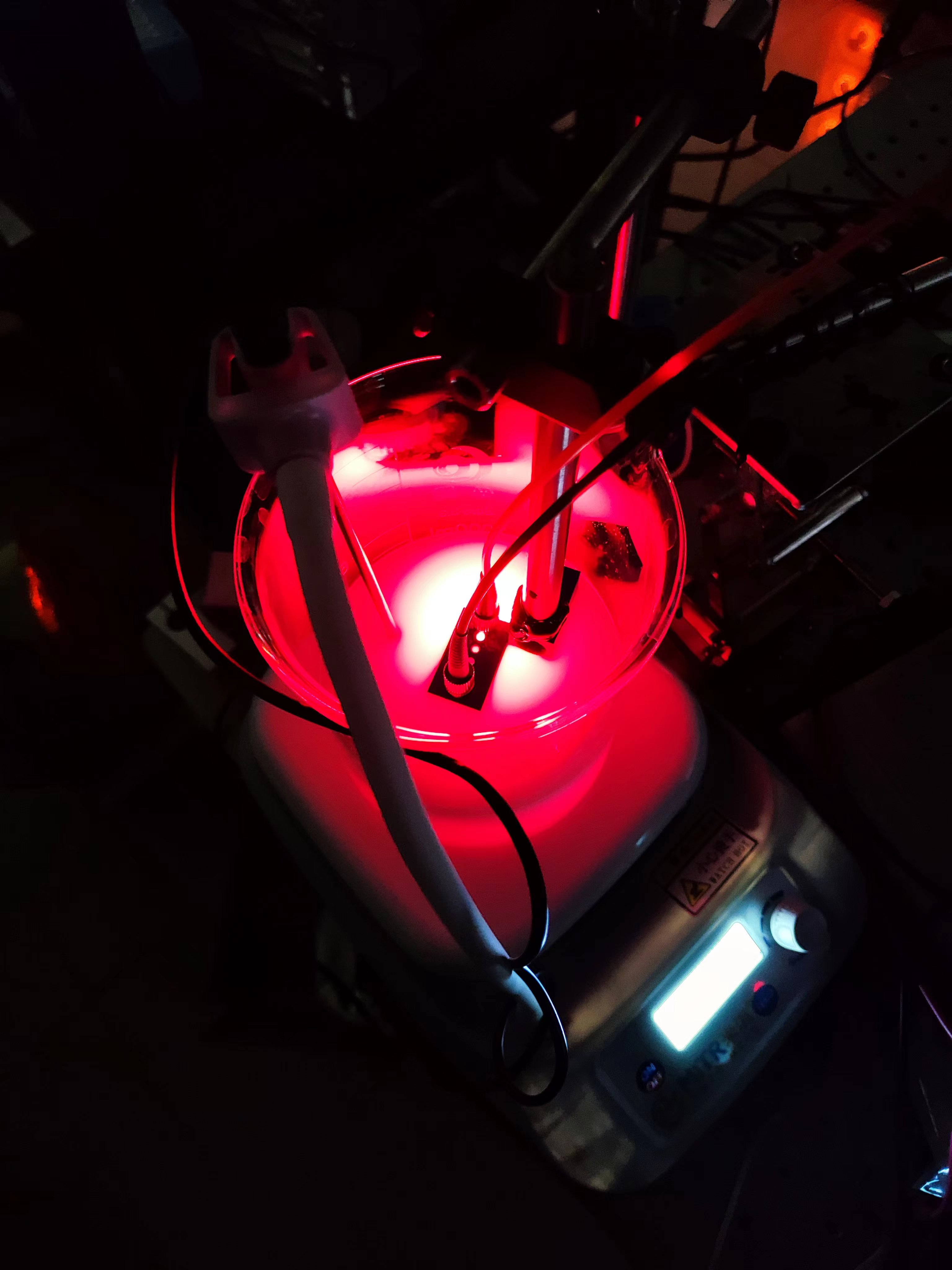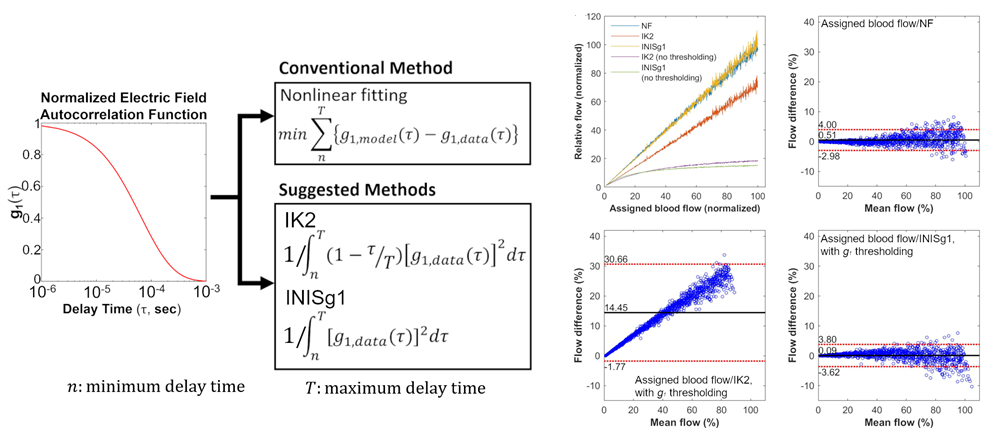Research
Our short-term goal is to develop novel systems and algorithms that can be utilized in biomedical applications. Systems that we are mainly interested in may include monitoring systems, stimulation systems, and therapeutic systems. While the group mainly focuses on the development of technologies that have the potential to be used in biomedical fields, we are open to performing collaborative works that may be able to lead to breakthroughs in other fields. Please see below to understand about the research directions of BSIT. If you would like to understand the research of BSIT more in detail, please contact Dr. Seong through email (myeongsu.seong__at__xjtlu.edu.cn).
System development
We are interested in building various systems. The systems in which we are interested are described below.

Benchtop systems and Portable systems
We build both benchtop and portable systems. Still, we are more interested in building portable systems due to their wide applicability and possibly low cost. Meanwhile, portable systems are more advantageous in terms of being integrated with robotic or other mechatronic systems.
Mono-modal systems and multi-modal systems
We build both mono-modal and multi-modal systems. Mono-modal systems may include systems that can monitor bio-electrical signals (e.g., electroencephalogram (EEG, from the brain), electromyogram (EMG, from the muscle), electrocardiogram (ECG, from the heart), and so forth), spectroscopic signals (e.g., near-infrared spectroscopy (NIRS, monitor the concentration of chromophores such as hemoglobin, water, and lipid), diffuse correlation spectroscopy (DCS, monitor blood flow), diffuse speckle contrast flowmeter (DSCF, monitor blood flow) and so forth), 2D signals (i.e., images) (e.g., laser speckle imaging (LSI, monitor blood flow), diffuse optical imaging (DOI, monitor chromophores), ultrasound imaging (UI, monitor anatomical information), photoacoustic imaging (PAI, monitor blood vessels and more) and so forth), and 3D signals (i.e., tomographic images) (e.g., diffuse optical tomography (monitor chromophores), UI, PAI and so forth). Multi-modal systems imply systems that combine two or more mono-modal systems.
Non-therapeutic systems and therapeutic system
Non-therapeutic systems imply systems that monitor target signals (like the above-mentioned mono-modal and multi-modal systems). Therapeutic systems imply systems that can do some stimulations and/or treatment. Stimulation and/or treatment can be performed in various ways including electrical stimulation, optical stimulation, and ultrasound stimulation. Possibly, monitoring and therapeutic systems can be combined for various purposes including real-time monitoring of stimulation/treatment and targeting the region of interest. Both non-therapeutic and therapeutic systems can be integrated with conventional or new mechatronic/robotic systems to perform more advanced monitoring and stimulation/treatment.
Algorithm development
The range of algorithms that we develop spans from simple signal-processing methods to artificial intelligence-based methods. Noise reduction, fast signal processing, and decision-making can be done by developed algorithms.

Simulation studies
A simulation is a computational approach used to test the feasibility of experimental schemes. While simulation is mostly used as a complementary method to back up the experimental results, sometimes simulation can be possibly performed as a complete study as well. We use various simulation tools for performing optical (e.g., Monte Carlo Extreme) and acoustic (e.g., k-Wave) simulations. We are also interested in multi-physics simulations.

Application studies
Developed systems can be used in preclinical (i.e., cell and/or animal experiments) and clinical studies. Will be updated in the future.
